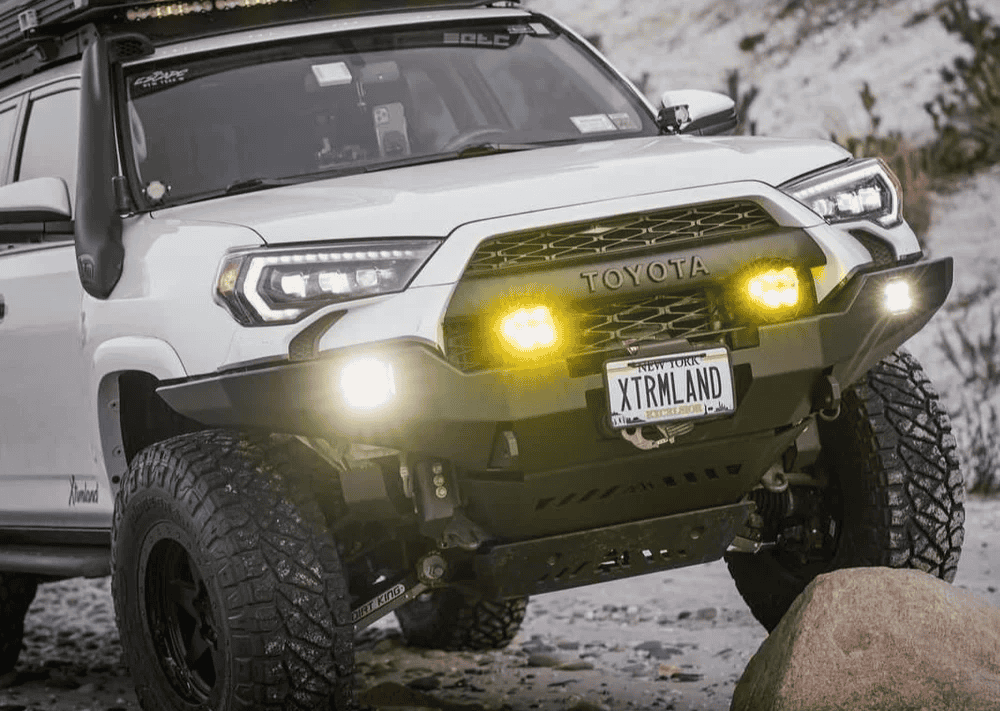Overland Vehicles

Aluminum creates efficient structures because it carries impressive strength while keeping mass low. A high strength to weight ratio allows larger payloads, faster acceleration, and improved braking without overtaxing suspension or power systems. Designers pair this with shapes that place material where it does the most work, such as closed box sections, deep channels, and triangulated frames. The result is stiffness that resists flex and rattle on rough roads while keeping weight in check.
Fatigue performance matters as much as static strength. Proper radius transitions, smooth surface finishes, and load paths that avoid stress risers extend life under vibration. Engineers evaluate joints, cutouts, and mounting points with finite element analysis to avoid localized peaks. Done well, an aluminum structure can survive the repetitive hits of washboards, potholes, and miles of thermal cycling.
Common choices include 6061 T6 for balanced strength, weldability, and corrosion resistance, and 5052 for formability and toughness. Where higher strength is essential and welding is limited, 7075 in appropriate tempers can be considered with mechanical fasteners. Selecting the right temper controls yield, hardness, and fatigue response. Heat treatment after forming or welding restores performance when required by the application.
Extrusions offer precision geometry with consistent wall thickness and integral features like slots, grooves, and internal webs. These shapes reduce part count and concentrate material where it increases stiffness. Machining and CNC routing refine joints and interfaces for tight fits. Fixtures keep alignment accurate during welding or adhesive cure to avoid distortion and residual stress that can shorten service life.
Joining must respect aluminum’s thermal behavior and oxide layer. Welding requires clean prep, proper filler, and heat input control to protect heat affected zones. Structural adhesives distribute loads and seal interfaces while isolating dissimilar metals. Mechanical fasteners with appropriate grip length, washers, and isolation washers deliver serviceable joints. When combined correctly, these methods produce quiet, durable connections that do not loosen under vibration.
Aluminum naturally forms a protective oxide, but smart finishing adds insurance. Anodizing hardens the surface and improves wear resistance. Powder coating adds color and chip protection when pretreatment is correct. Designers include drainage paths, capillary breaks, and nylon or polymer isolators to avoid galvanic coupling when aluminum meets steel or stainless components. Thoughtful hardware selection completes the system.
Reducing mass pays back across platforms. In vehicle bodies and racks, less weight means better handling and range. In towables and mobile equipment, it lowers tongue weight and increases available payload. For off road travel, aluminum resists corrosion from mud, salt, and stream crossings while keeping unsprung and roof mass low to preserve stability. Quiet structures with refined joints limit squeaks and harmonics so long days on rough track are less tiring.
Testing proves out the model. Bench tests validate joint strength and fastener strategy. Prototypes run on instrumented routes to map deflection, hot spots, and rattle sources. Iteration tightens radii, adjusts wall thickness, and changes mount isolation until the structure behaves predictably. Documentation, torque specs, and inspection criteria help owners maintain performance over time.
Roof racks use deep sections and diagonal bracing to limit twist without excess mass. Interior frames use extrusions with integrated tracks for seats, cabinets, and tie downs. Skid systems rely on smooth surfaces and generous fillets to shed impacts without snagging. Electrical and plumbing pass throughs include grommets and strain relief to avoid fretting damage. Each detail serves the goal of strength with minimal weight.
Every joint is a potential weak link if loads concentrate at sharp corners or short edge distances. Good practice uses long overlap lengths for adhesives, generous radii, and fasteners placed in regions of lower stress. Weld sequences control distortion, and post weld straightening and inspection verify alignment. This attention to detail maintains geometry and ensures panels and doors stay quiet and true.
Non destructive checks like dye penetrant, ultrasonic, or visual inspection with good lighting catch surface flaws and porosity. Torque audits keep joints consistent. Periodic checks after early miles confirm the design has settled properly. Data gathered from these inspections feeds improvements in the next iteration, creating a loop that increases reliability.
If you want strong, quiet, and efficient structures tailored to real trails and long highway miles, a team that understands lightweight aluminum design can make the difference. OZK Customs applies the same engineering mindset to racks, interiors, and chassis components used in our overland rigs. When you are ready to go deeper on materials and geometry for an upcoming build, explore our custom overland upfit path to see how a concept becomes a finished, tested system. If you are comparing shops, read how we work and why it matters on why choose OZK Customs.
We listen first, then design around your use case. From alloy selection and extrusion layout to isolation hardware and finishing, our approach prioritizes strength, longevity, and serviceability. Share your goals and constraints, and we will turn them into a plan you can trust.
Ready to cut weight and gain capability without compromise? Tell us how you travel, what you carry, and where you go. OZK Customs engineers and fabricators will translate your needs into a strong, quiet, and corrosion resistant platform. Submit the form to start your lightweight aluminum design consultation.
ADDRESS:
6159 E Huntsville Rd, Fayetteville, AR 72701
PHONE:
(479) 326-9200
EMAIL:
info@ozkvans.com